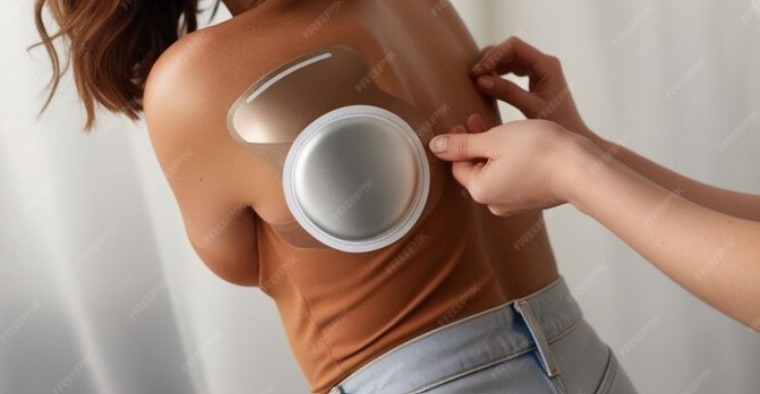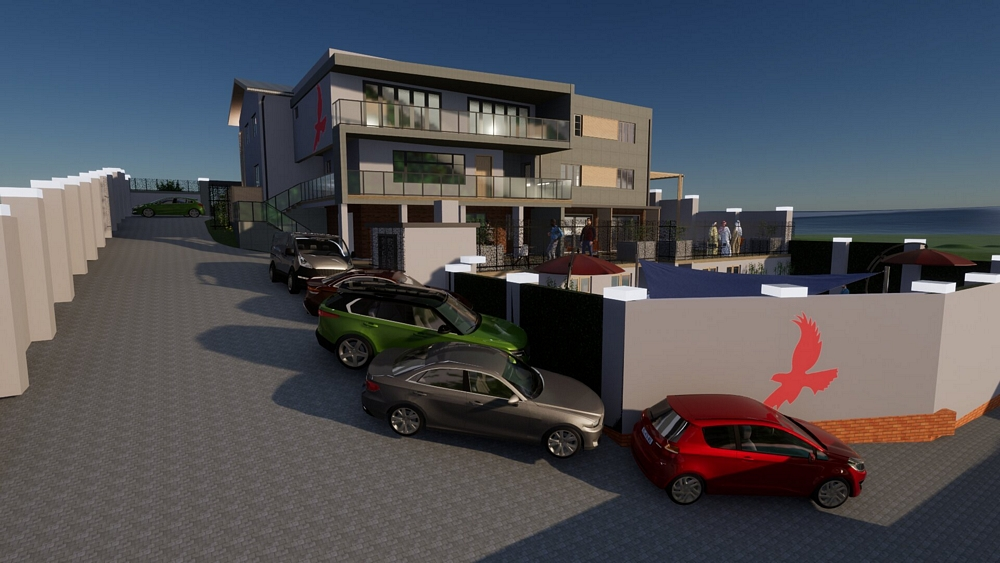Stretch marks—many of us have them, and for some, they can be a source of frustration. These long, narrow streaks or lines that appear on the skin are a result of rapid stretching, typically caused by pregnancy, weight gain, or growth spurts.
Stretch marks are common, but that doesn’t mean you have to live with them forever. Today, there are several stretch mark removal techniques that can help smooth your skin and fade those stubborn lines.
Understanding Stretch Marks
Before exploring removal techniques, it’s important to understand what stretch marks are and why they form. Stretch marks occur when the skin is stretched beyond its capacity, causing the middle layer of the skin (the dermis) to tear. This allows the deeper layers to show through, creating the appearance of thin, rippling lines on the surface of the skin.
Stretch marks can appear anywhere on the body, but they are most commonly found on the stomach, thighs, hips, breasts, upper arms, and lower back. Initially, stretch marks may appear red or purple, but over time, they often fade to a white or silver color. While stretch marks are harmless, many people seek ways to reduce or eliminate their appearance for cosmetic reasons.
Stretch Mark Removal Treatments
If you’re looking to reduce the appearance of stretch marks, several stretch mark removal treatments are available. Some options are non-invasive, while others involve medical procedures. Below are the most effective methods to consider.
1. Topical Creams and Lotions
Topical creams and lotions are often the first line of defense for those looking to reduce the appearance of stretch marks. These products are readily available over-the-counter and can be used at home. Ingredients like retinoids, hyaluronic acid, and vitamin C are common in stretch mark creams.
- Retinoids: Derived from vitamin A, retinoids help stimulate collagen production and improve skin elasticity, which can minimize the appearance of newer stretch marks.
- Hyaluronic Acid: This powerful moisturizing agent keeps the skin hydrated and plump, improving its texture and reducing the visibility of stretch marks.
- Vitamin C: Known for its brightening properties, vitamin C can help even out skin tone and reduce the discoloration of stretch marks.
While topical creams may not completely erase stretch marks, they can significantly improve their appearance, especially when used consistently over time. They are most effective on fresh stretch marks that are still red or purple.
2. Microdermabrasion
Microdermabrasion is a non-invasive cosmetic procedure that involves exfoliating the top layer of the skin. This treatment uses a device with tiny crystals or a diamond-tipped wand to buff away dead skin cells, encouraging the growth of new, healthy skin cells.
Microdermabrasion is particularly useful for stretch mark removal because it helps smooth the skin’s texture and encourages collagen production. This method is more effective on newer stretch marks but can also help reduce the appearance of older, more established marks.
Typically, multiple treatments are needed for the best results, and there is little to no downtime, making it a convenient option for those with busy schedules.
3. Laser Therapy
Laser therapy is one of the most advanced and effective treatments for stretch mark removal. This procedure uses targeted laser beams to stimulate collagen production and encourage the skin’s natural healing process.
- Fractional laser treatment is a popular option for treating stretch marks. The laser penetrates deep into the skin to improve the texture and appearance of the marks without damaging the outer layer of the skin. This promotes the growth of new, smooth skin over time.
- Pulsed dye laser therapy targets the blood vessels in stretch marks, helping to reduce their redness and making them less noticeable.
Laser therapy is highly effective for both new and older stretch marks. However, it usually requires multiple sessions and may be more expensive than other treatment options. Despite the cost, many people find it to be a worthwhile investment due to its effectiveness.
4. Microneedling
Microneedling involves using a device with fine needles to create tiny punctures in the skin. These micro-injuries trigger the body’s natural healing response, stimulating collagen and elastin production. This process helps improve the texture and appearance of stretch marks over time.
Microneedling can be particularly effective for stretch marks because it works by encouraging the skin to renew itself. As new collagen forms, the skin becomes firmer and more elastic, which can help reduce the visibility of stretch marks.
This treatment can be done in-office by a dermatologist or at home using a dermaroller, though professional treatments are generally more effective.
5. Chemical Peels
Chemical peels are another option for reducing stretch marks. This treatment involves applying a chemical solution to the skin, which causes the top layer to peel off, revealing new skin underneath.
The depth of the peel depends on the strength of the chemical solution used. Light peels can help fade mild stretch marks, while deeper peels may be more effective for more prominent marks. Chemical peels work best on newer stretch marks but can also improve the appearance of older ones over time.
It’s important to consult with a professional before opting for a chemical peel to ensure that it’s the right choice for your skin type and condition.
6. Radiofrequency (RF) Therapy
Radiofrequency therapy is a newer technology that uses heat energy to stimulate collagen and elastin production deep within the skin. This non-invasive treatment is becoming more popular for stretch mark removal because it can improve skin texture and firmness without damaging the skin’s surface.
RF therapy is often combined with microneedling to enhance results, making it a powerful option for reducing the appearance of stubborn stretch marks.
7. Platelet-Rich Plasma (PRP) Therapy
Platelet-rich plasma therapy, or PRP, is a treatment that uses your blood’s natural growth factors to heal and regenerate skin. In this procedure, a small amount of your blood is drawn, and the platelet-rich plasma is separated and injected into the areas with stretch marks.
Stretch marks are a common skin concern, but they don’t have to be permanent. The effectiveness of any stretch mark removal treatment depends on factors like the age of the stretch marks and your skin type, so it’s always a good idea to consult with a dermatologist to find the best treatment for you.
With the right approach, you can go from stubborn stretch marks to smoother, more confident skin!





